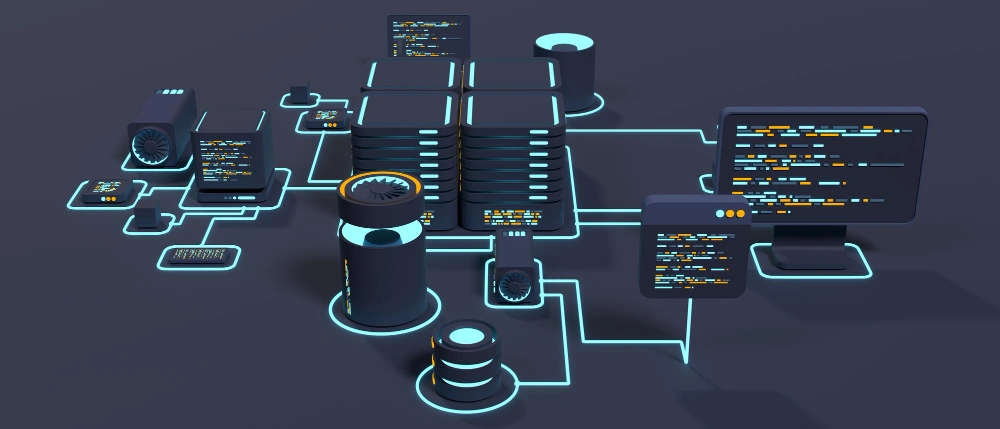In IT operations, where swift and accurate responses to incidents are non-negotiable to maintain business continuity and customer trust, having the right management tools in place can make all the difference. In this comparison, we unravel the features, benefits, and ideal use cases for Atlassian's Opsgenie and Jira Service Management (formerly known as Jira Service Desk) – two powerhouse solutions in the domain of DevOps and IT Service Management (ITSM).
Whether you're a seasoned practitioner or an organization looking to revamp your incident response strategy, this deep dive into Opsgenie and Jira Service Management will equip you with the insights to optimize your IT landscape.
The Fundamentals of Incidence Management and Support
Before we delve into the specifics of the tools, let's lay the groundwork with a broader understanding of what incident management entails and why it's so critical in modern IT. When we speak of incidents, we're referring to unplanned interruptions or reductions in quality within service delivery, which can have notable business impacts and lead to the invocation of IT teams to resolve. The whole domain of IT incident management is about organizing the means to address these promptly and effectively.
Advantages of a Robust Incident Management Tool
A robust incident management system is more than just software; it's a set of practices and technologies designed to minimize service disruptions through swift identification, analysis, and resolution. Enterprises that invest in such systems realize a plethora of benefits:
-
Improved Mean Time To Resolution (MTTR): Reduction of the time spent from incident identification to resolution.
-
Enhanced User Satisfaction: Swift issue resolution leads to improved user experience and satisfaction with IT services.
-
Cost-Efficient Operation: Aligned with improved MTTR, investing in a strong incident management tool can lead to significant cost savings.
-
Better Visibility and Control: Clear and timely information on incidents ensures visibility and control over business-critical operations.
-
Scalability and Adaptability: A good tool can grow with your enterprise's needs and adapt to changing operational demands.
The Evolution of Atlassian's Tools: From Jira to Jira Service Management
Atlassian, a leading provider of team collaboration and productivity software, has a comprehensive suite tailored to the needs of IT professionals. Jira, introduced as a tool for issue tracking and project management, quickly evolved to encompass the needs of IT service management. Today, Atlassian offers two primary solutions for incident management – Opsgenie and Jira Service Management – each catering to different aspects and scales of service delivery.
Opsgenie: More than an Alerting Solution
Opsgenie, acquired by Atlassian in 2018, caters to the critical aspect of incident management by providing a centralized platform for handling IT alerts. Designed for modern DevOps teams, Opsgenie focuses on the rapid identification and response to alerts, ensuring that the right people are notified and engaged to address issues.
Key Features of Opsgenie include:
-
Streamlined Alert Management: A sophisticated system for managing alerts, ensuring no critical notification is missed.
-
On-Call Scheduling and Management: Dynamic and adaptive scheduling for on-call teams to manage alert responsibilities.
-
Collaboration and Communication: Features dedicated to facilitating team communication and coordination during incidents.
-
Automation of Incident Response: Tools that automate the initial stages of alert management, freeing up human resources for issue resolution.
Jira Service Management: The All-in-One ITSM Solution from Atlassian
Jira Service Management, the more established sibling within Atlassian's suite, is the next iteration of Jira Service Desk – rebranded and refurbished to meet the growing ITSM needs of enterprises. This solution goes beyond incident management to offer a comprehensive set of ITSM tools, encompassing everything from service request handling to change management and asset tracking.
Key Features of Jira Service Management:
-
Rich ITIL-Compliant Workflows: Offering predefined and customizable workflows to manage the lifecycle of incidents and service requests.
-
Change Management: Integrated tools for planning, prioritizing, and executing changes efficiently, with minimal risk impact.
-
Powerful Service Desk Capabilities: Features that enable IT teams to categorize, prioritize, and assign requests to the right people to ensure swift and effective resolution.
-
Comprehensive Reporting and Insight: Tools for tracking performance, analyzing trends, and making data-driven process improvements.
The Power of Integration: Opsgenie within Jira Service Management
Understanding the distinct role each tool plays is vital, but what's more valuable is how they complement each other. Opsgenie’s integration with Jira Service Management allows for a seamless incident management workflow, where Opsgenie's prowess in alerting and incident response dovetails into the comprehensive ITSM platform that Jira Service Management offers. This enhances the agility and depth of the incident management capabilities, creating a more resilient operational environment.
Choosing Between the Two: The Ideal Use Cases
The decision to go with Opsgenie or Jira Service Management isn't so much a question of which tool is objectively better, but rather which one aligns with the specific needs and strategies of your organization. Here are some guiding scenarios for each tool:
Opsgenie is Ideal If:
-
Your focus is on DevOps practices and you require a tool that specializes in rapid alert response and team coordination.
-
You're looking for a solution that can easily integrate with a variety of third-party tools and services.
-
Your current infrastructure is more alert-heavy and you need a specialized platform to handle the volume and variety.
Jira Service Management is Your Best Bet When:
-
You're aiming for a comprehensive ITSM solution that encompasses more than just incident management.
-
IT operations are a significant part of your business and you require ITIL-compliant tools to manage them.
-
You seek a platform that can grow with you and adapt to the changing and evolving landscape of IT operations within your organization.
The Path Forward: Integration and Implementation
Realizing the full potential of these tools often comes down to how well they are woven into the fabric of an organization. To maximize their impact, integrations and implementations should be strategic and aligned with business objectives. It involves understanding the role they play in your overall IT architecture and how well they interact with your other tools and processes.
Final Thoughts: Ever-Advancing Landscape Incident Management
Choosing between Opsgenie and Jira Service Management is a decision that encapsulates more than just the features of the tools. It reflects the dynamic needs and ambitions of your organization in the digital age. This decision-making process is a journey of discovery, progression, and optimization for any IT organization looking to excel in incident management.
In the end, it's the alignment with your core operational strategy and the ability to adapt to the ever-shifting demands of the digital landscape that will measure the success of your chosen incident management solution. Atlassian's suite of tools offers a robust foundation to build upon, and the choice of Opsgenie or Jira Service Management is a significant step in that direction.



